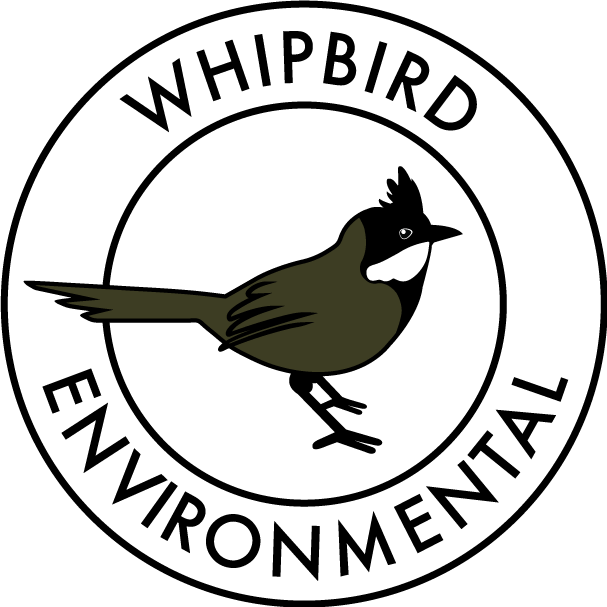Lambertia formosa (Mountain Devil) Australian Native Plant Profile
Lambertia formosa flower. Picture by Jeff Harbrow.
Description
Lambertia formosa is a dense shrub to 2m. It’s widespread and produces clusters or red flowers. Its attractive foliage creates a wonderful backdrop against the flower display and the pointed tips of the leaves help provide protection for small birds.
Growing Conditions
Mountain Devil grows in heath and dry sclerophyll forest across its broad range. It can grow in sunny positions or light shade and is adaptive to a variety of soil types as long as the soils are free draining.
Habitat Value
Its dense growth and pointed leaf tips provide protection and cover for small native birds and other animals. An almost year round flowering and fruiting period helps keep a stable supply of food available for fauna.
Uses
For environmental works Lambertia formosa is a very useful species. It is a key understory species in many heath communities and as a result it has great potential and revegetation works in those areas.
In the Garden it makes for a great addition to habitat gardens. It can be used as a feature in smaller gardens or planted en masse in larger gardens to replicate natural systems. It’s long flowering and fruiting time and protective qualities attract a host of mammals, birds and insects to the garden.
Propagation
Propagation is primarily done by seed. It may be possible to propagate via cutting but we have been unable to verify this through external sources.
You might also like:
Hardenbergia violacea (Purple Coral Pea or Waraburra)
Westringia fruiticosa (Coastal Rosemary)
Further Reading
https://plantnet.rbgsyd.nsw.gov.au/cgi-bin/NSWfl.pl?page=nswfl&lvl=sp&name=Lambertia~formosa
https://www.australianbotanicgarden.com.au/plants/flowering-calendar/lambertia-formosa
http://anpsa.org.au/APOL2008/jun08-s3.html

